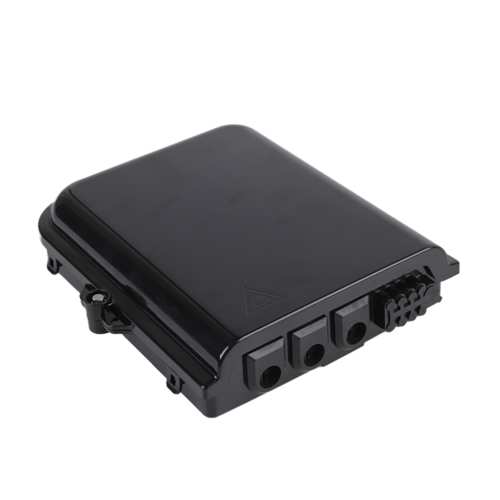Vast experience meets ambitious vision.
Home / News / How to use fiber terminal box?How to use fiber terminal box?
2023.03.03
A fiber terminal box is a device used in fiber optic networks to terminate and manage fiber optic cables. Here are the steps to use a fiber terminal box:
Choose the location: Select a suitable location for the fiber terminal box. It should be close to the equipment that will be connected to it.
Install the box: Install the fiber terminal box onto the wall or a rack using the provided screws or mounting brackets.
Open the box: Open the cover of the fiber terminal box to access the interior. The cover may be held in place by screws or latches.
Connect the fibers: Connect the fibers from the incoming cable to the appropriate ports on the terminal box. Be sure to follow the color coding or labeling of the ports to ensure proper connection.


Splice the fibers: If necessary, splice the fibers using the provided fusion splicer or mechanical splice connectors. Be sure to follow the manufacturer's instructions for proper splicing.
Secure the fibers: Secure the fibers in the splice trays or fiber management system provided with the terminal box.
Close the box: Close the cover of the fiber terminal box and secure it in place.
Test the connection: Test the connection to ensure proper operation. Use an optical power meter to measure the signal strength and a visual fault locator to locate any faults or breaks in the fiber.
By following these steps, you can use a fiber terminal box to terminate and manage fiber optic cables in your network.
related product
-

Fingerprint Reader Office / Home Safe
ZLS-802
-

Digital Keypad Office / Home Safe
ZLS-805
-

Fingerprint Reader Handgun Box
ZLS-818
-

Digital Keypad For Quick Access Handgun Safe
ZLS-819
-

Digital Touch Screen Office / Home Safe
ZLS-823
-

Fingerprint Reader Office / Home Safe
ZLS-825
-

Horizontal Fiber Optic Splice Closure 209-2Single Height
-

Dome Fiber Optic Splice Closure 208-1
GET STARTED TODAY ?
We Can Help You With
There are many variations of safe, but the majority have services for all types and sizes.

 英语
英语 中文简体
中文简体